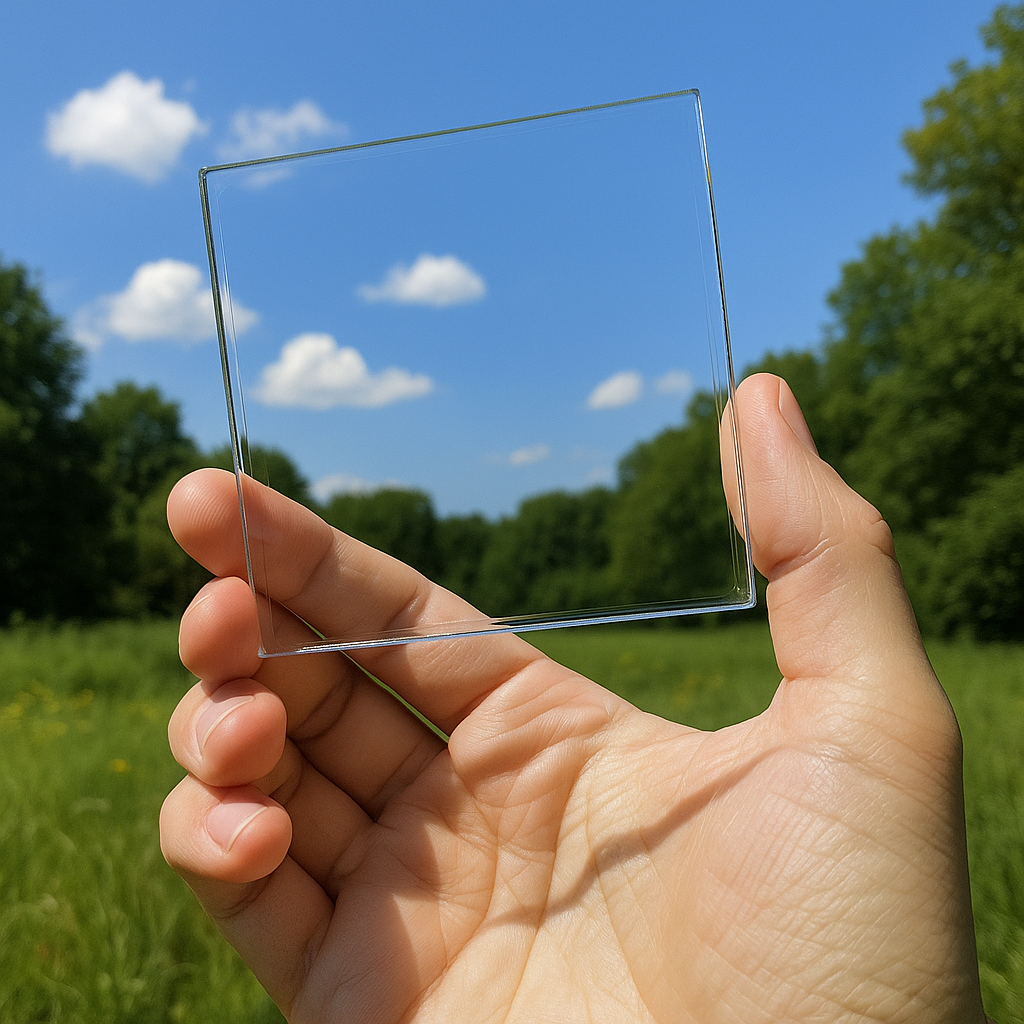
What Are Invisible Solar Panels? Applications in Asheville Architecture and Small Houses
As sustainability shapes the future of Asheville architecture, a new innovation is emerging that could transform the way Asheville architects and Asheville home builders design small houses: invisible, or transparent, solar panels.
These sleek systems integrate effortlessly into glass windows, capturing ultraviolet and infrared light while allowing visible light to pass through. In doing so, they combine clean energy and elegant design—without disrupting the aesthetics that define Asheville’s architectural character.
The Origins of Transparent Solar Windows
The technology behind invisible solar panels was seeded in 2011 at MIT by researchers Miles Barr, Vladimir Bulović, and Richard Lunt. Their goal was to harvest non-visible portions of the solar spectrum using a transparent coating on glass. Early prototypes appeared in 2012, and by 2014, they had developed the first fully transparent luminescent solar concentrator. a milestone in Asheville architecture firms’ toolboxes!
How Invisible Solar Panels Work
Invisible solar panels rely on special coatings of organic dyes, quantum dots, and ultra-thin perovskite layers. These absorb ultraviolet and near-infrared light while letting visible light pass. This allows for clear glass facades which still let light into homes, while quietly generating electricity.
Why This Matters for Asheville Architects & Home Builders
Asheville’s design landscape balances mountain charm with modern elegance. Invisible solar panels allow homes to keep their visual appeal of clean glass. They require no bulky equipment and generate renewable energy at the window level, helping small houses Asheville retain their character and simplicity.
Additionally, These panels double as thermal coatings. You’re not just generating electricity. You’re reducing heat gain and improving insulation!
Even at modest efficiency rates of 5–15%, installing transparent solar glazing across window surfaces on small houses can offset a meaningful portion of a home’s energy use. In some climates, this could supply up to 25% of daily needs from windows alone.
Asheville architecture firms and Asheville home builders focused on passive design and net-zero construction can incorporate this tech into window systems on new builds and retrofit projects while aligning with local green building initiatives and pleasing energy conscious consumers.
Some challenges:
Efficiency vs. Transparency: There’s a trade-off. Higher transparency often means lower power output. Current transparent technologies range from around 5% to potentially 15% efficiency.
Cost and Wiring Integration: Costs remain higher than standard windows, and integrating wiring into home electrical systems requires thought, although proponents believe payback periods will improve as volume rises.
Orientation and Usage Patterns: Vertical window configurations typical in residential builds may capture less direct sunlight than roof-mounted panels, limiting output. These factors need to be considered when designing solar windows.
What Asheville Home Builders Should Know
For Asheville home builders and Asheville architecture firms, invisible solar glazing presents a unique opportunity to combine aesthetic appeal with sustainability. They create streamlined designs.There’s no need for rooftop panels or visible solar arrays for homeowners that find them bulky. Just glass façades that generate electricity.
They also help improve electricity generation in passive solar homes. For those who want to generate additional energy on top of existing solar panels, solar Windows can contribute to both daylighting and renewable energy targets. Buyers seeking homes that are net-zero ready and super efficient will appreciate integrated solar windows.
Moving Forward in Asheville
While this emerging tech isn’t yet a mainstream staple in Asheville construction, it’s rapidly approaching commercialization. As transparent solar glazing becomes more accessible, potentially by late 2025 or soon thereafter, it’s poised to reshape how small houses in Asheville look and function.
By collaborating with window manufacturers or renewable energy groups, Asheville architects can run pilot projects using early transparent solar prototypes. Doing so can give asheville architecture firms a cutting-edge, offering clients homes that blend mountain aesthetics, net-zero home design principles, and on-site renewable energy generation with minimal visual impact.
Invisible solar panels are not just the next frontier. They’re an opportunity for Asheville architects to lead the way in sustainable design.
If you’d like help working with this tech or exploring pilot concepts just say the word, and we’re here!


